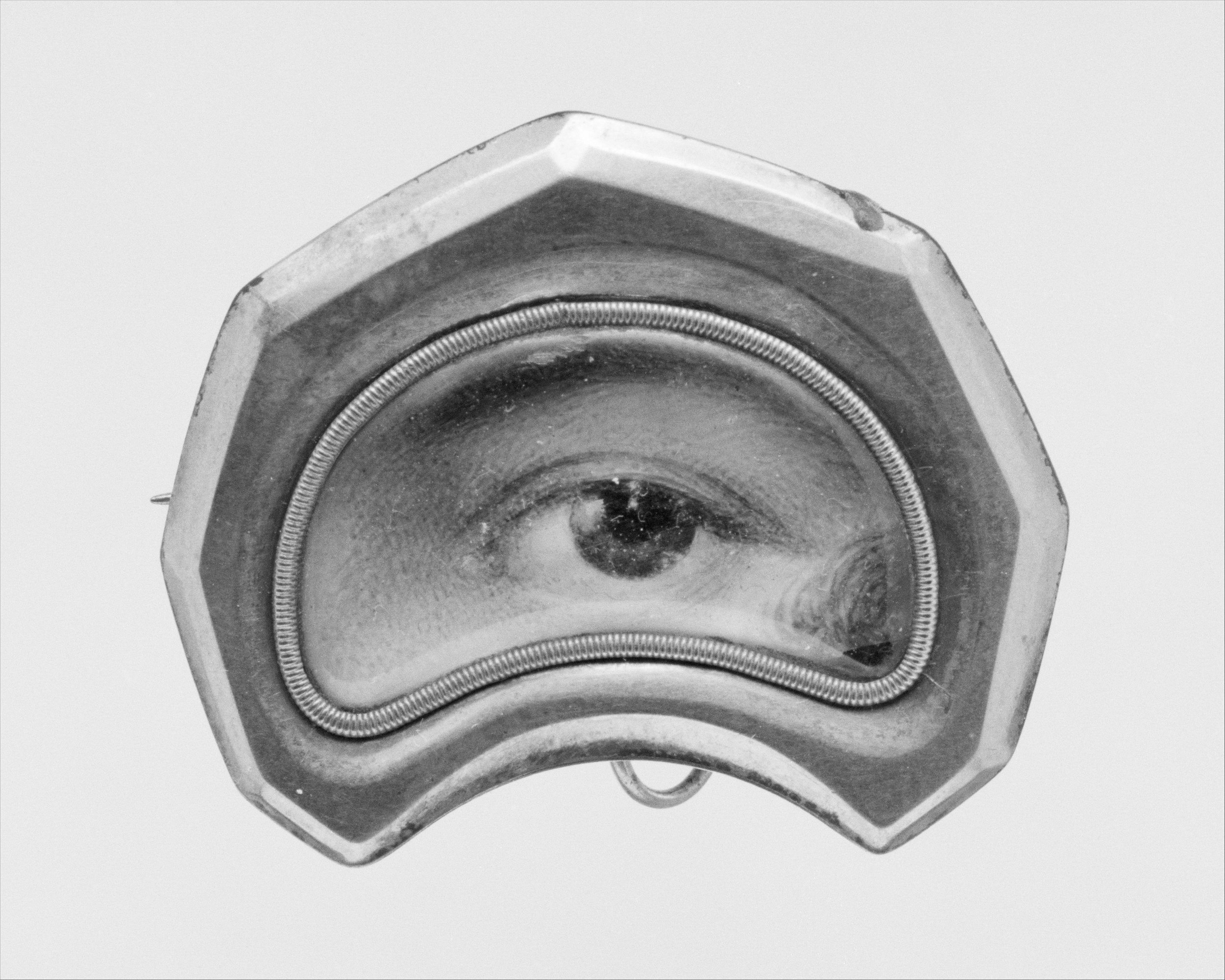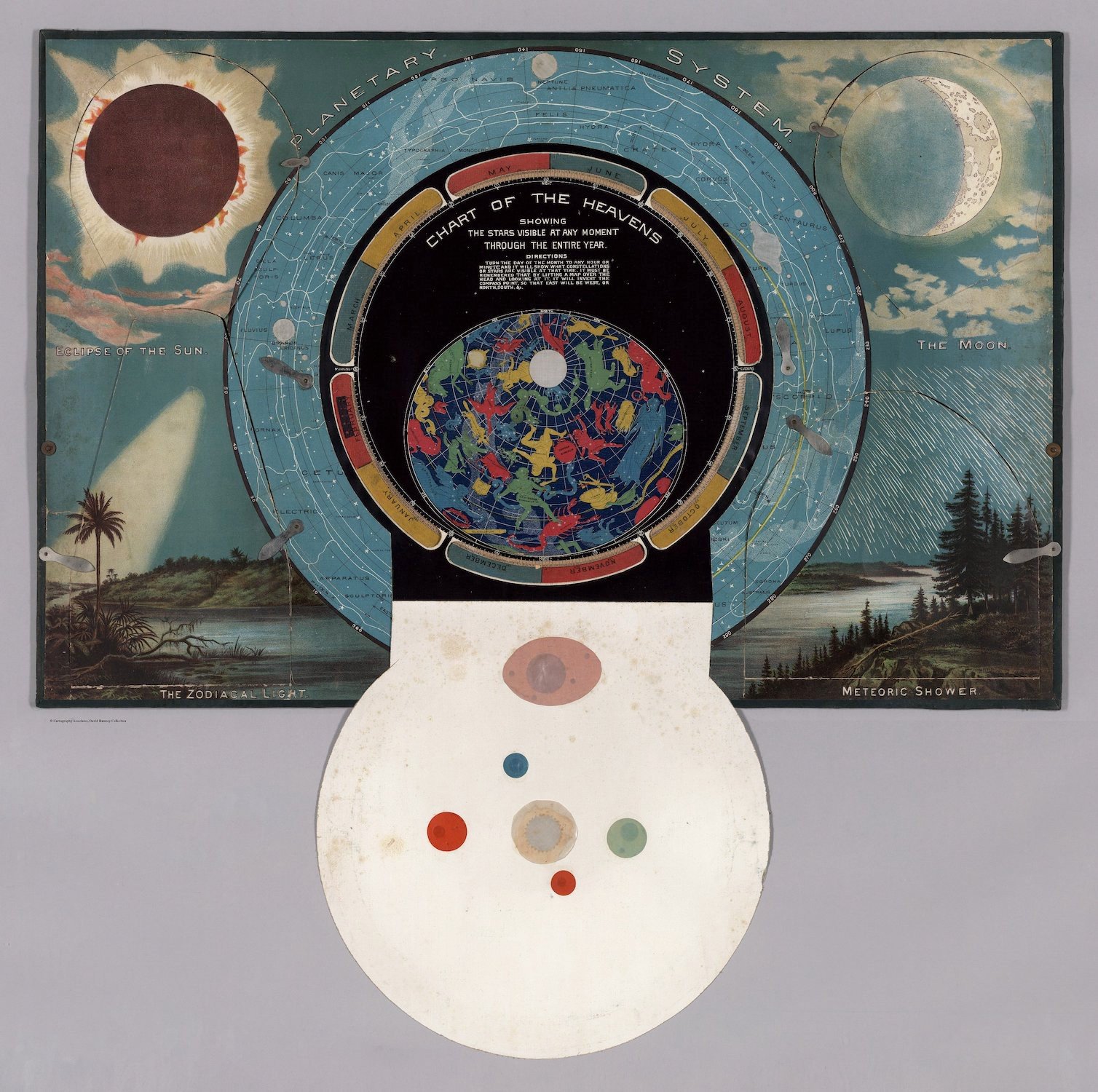Harnessing the 7 Hermetic Principles in Design
As creatives, we often seek inspiration from diverse philosophies and frameworks that can deepen our craft and elevate our work.
The Hermetic Principles, a set of universal truths derived from ancient wisdom, offer a unique lens through which to view graphic design.
These seven principles can transform the way you approach your projects, helping you create with greater intention, resonance, and harmony. Here’s how you can integrate them into your design process.
1. The Principle of Mentalism
"The All is Mind; the Universe is Mental."
Graphic design starts in the mind. Every project begins with a concept, a thought, or a vision. Mental clarity and intentionality shape the creative process and the final outcome. By understanding the power of your thoughts, you can create designs that resonate on a deeper level.
Practice Tip: Before starting a project, take time to clarify your intentions. Create a mood board or sketch your ideas to focus your vision. Meditate on the emotions or message you want your designs to evoke.
2. The Principle of Correspondence
"As above, so below; as below, so above."
This principle emphasizes the interconnectedness between the big picture and the finer details. In design, it’s about ensuring that the micro (details like typography and spacing) aligns with the macro (the overall brand or campaign vision).
Practice Tip: Develop design systems or guidelines to ensure consistency across all elements. Think of each element as a reflection of the whole brand identity.
3. The Principle of Vibration
"Nothing rests; everything moves; everything vibrates."
Every element in design—from colors to fonts to layouts—carries an energetic frequency that influences how the audience feels. By choosing elements that vibrate at the right frequency, you can create more impactful designs.
Practice Tip: Experiment with color psychology and font pairings to evoke the desired emotions. For example, warm colors and rounded fonts create a friendly vibration, while cool tones and sharp lines feel more professional.
4. The Principle of Polarity
"Everything is dual; everything has poles; everything has its pair of opposites."
Opposites create balance and interest. In design, this principle can be applied through contrasts: light and dark, large and small, bold and subtle. Understanding duality helps you create harmonious compositions.
Practice Tip: When stuck creatively, explore opposites. If your design feels too static, add movement. If it’s too loud, introduce minimalism.
5. The Principle of Rhythm
"Everything flows, out and in; everything has its tides; all things rise and fall."
Design has a natural rhythm. Whether it’s the flow of a website layout or the pacing of a marketing campaign, rhythm guides the audience’s experience.
Practice Tip: Use grids and visual hierarchies to establish a sense of flow. In your business, embrace the natural cycles of creativity—work with your energy peaks and allow for rest.
6. The Principle of Cause and Effect
"Every cause has its effect; every effect has its cause."
Every design decision you make has an impact. Whether it’s the placement of a button or the choice of a typeface, each element affects how the audience engages with your work.
Practice Tip: Be intentional with your choices. Ask yourself, “What effect will this have on the user’s experience?” Test your designs to see how they perform and adjust as needed.
7. The Principle of Gender
"Gender is in everything; everything has its masculine and feminine principles."
This principle refers to balance and creation. In design, masculine elements (structured, bold) and feminine elements (soft, flowing) work together to create harmony and dynamism.
Practice Tip: Combine geometric shapes with organic patterns, or pair bold colors with soft gradients to create a balanced aesthetic.
Bringing It All Together
The Hermetic Principles provide a timeless framework for understanding the universe—and your design process. By applying these principles, you can infuse your work with deeper meaning and intention, creating designs that resonate not just visually, but energetically.
Are you ready to explore these principles in your projects?
Reach out for a consultation—let’s create something magic together!




